Fulmars and Winter Songbirds - A walk on the Great White Cape
On the 7th February I took a walk from Bempton Cliffs RSPB to Thornwick Bay on Flamborough Headland. It was near perfect weather, a hazy sky with the sun breaking through. Most unusual of all was the light breeze, I am more used to being blown along the paths on this wild headland.
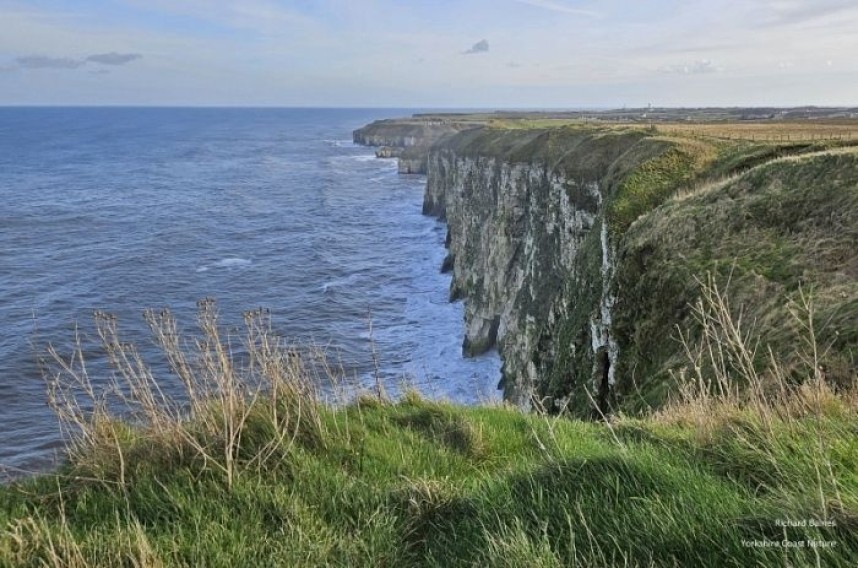
I was hoping to see the wide range of winter songbirds that had been present in the cliff top stubble fields and grasslands recently. I wasn’t disappointed as a flock of around 60 Snow Buntings soon appeared.
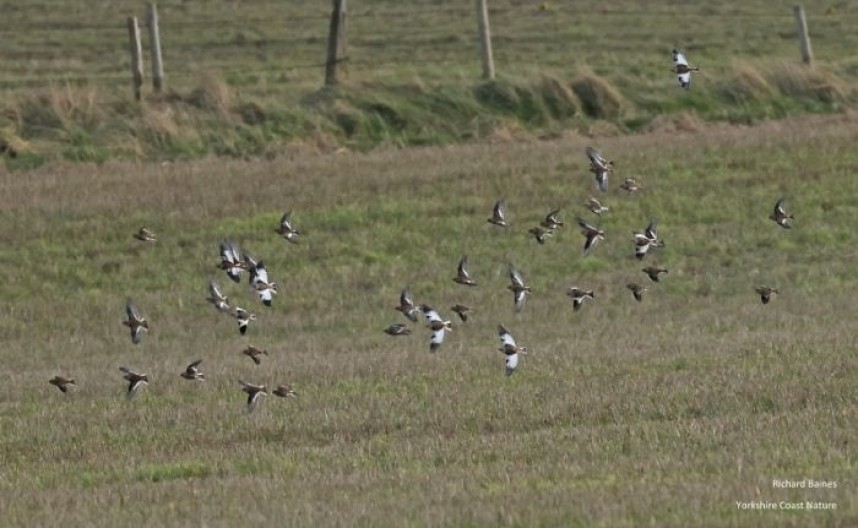
This tight flock was in contrast to the large scattered group of Eurasian Skylarks in the same field. In amongst the larks were six Lapland Buntings and at least 30 Yellowhammers. In the next field, two small bushes were stuffed with Corn Buntings, I counted 62 on a quick tally. Further east near Thornwick Bay two Shore Larks which had been wintering in the area showed well alongside a small number of Skylarks.
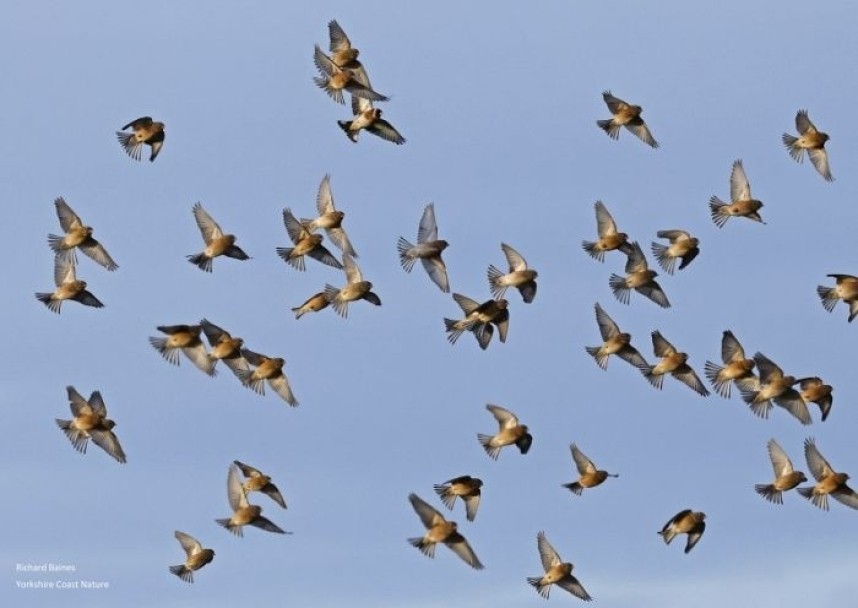
Later in the day closer to the RSPB reserve, a flock of almost 200 Common Linnets gathered to roost as three Short-eared Owls and a Barn Owl hunted nearby. It was a great spectacle, seeing so many birds spending the winter on this small part the headland was really heartening.
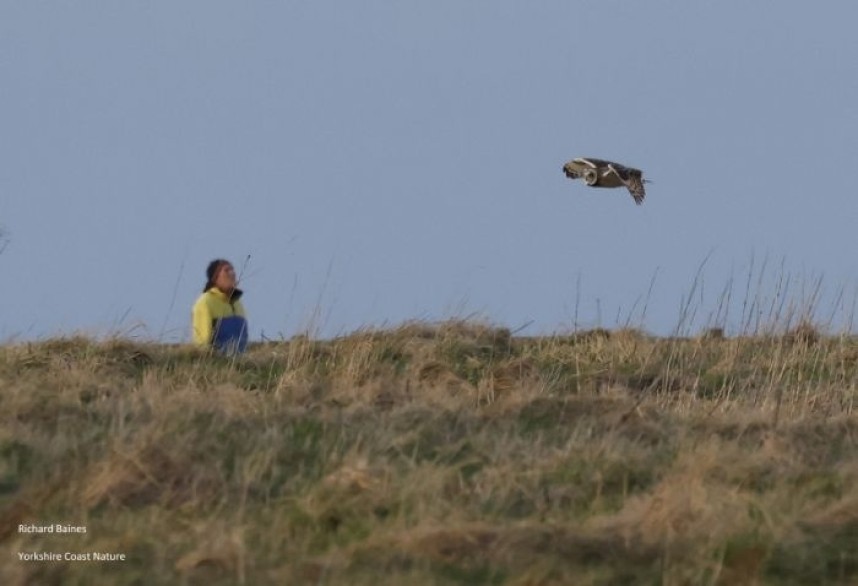
Below me above the wild North Sea on the vertical chalk cliffs, a very different story was unfolding. Northern Fulmars one of our most charismatic seabirds were back on their nesting sites.
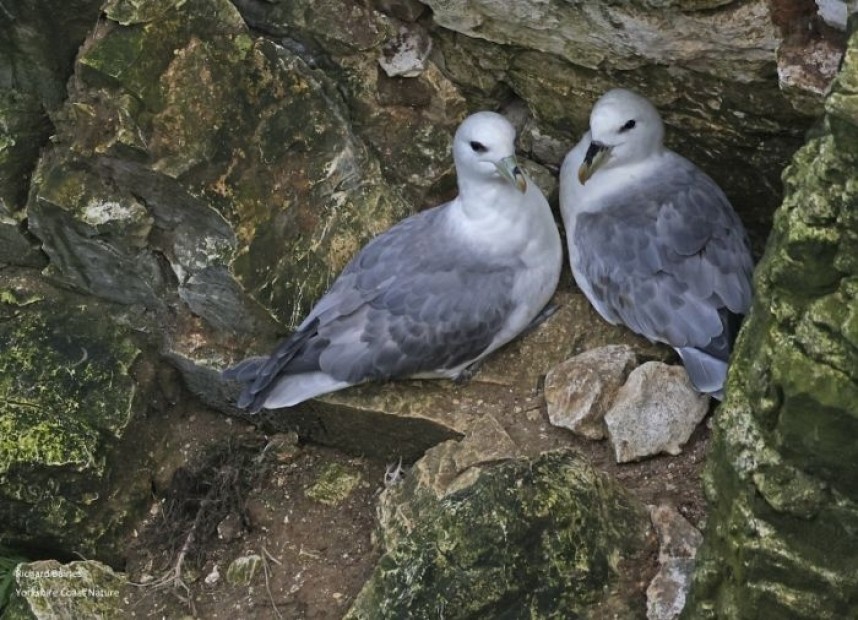
These long-lived seabirds are monogamous and exhibit a high degree of site fidelity, returning to the same nesting cliffs year after year.
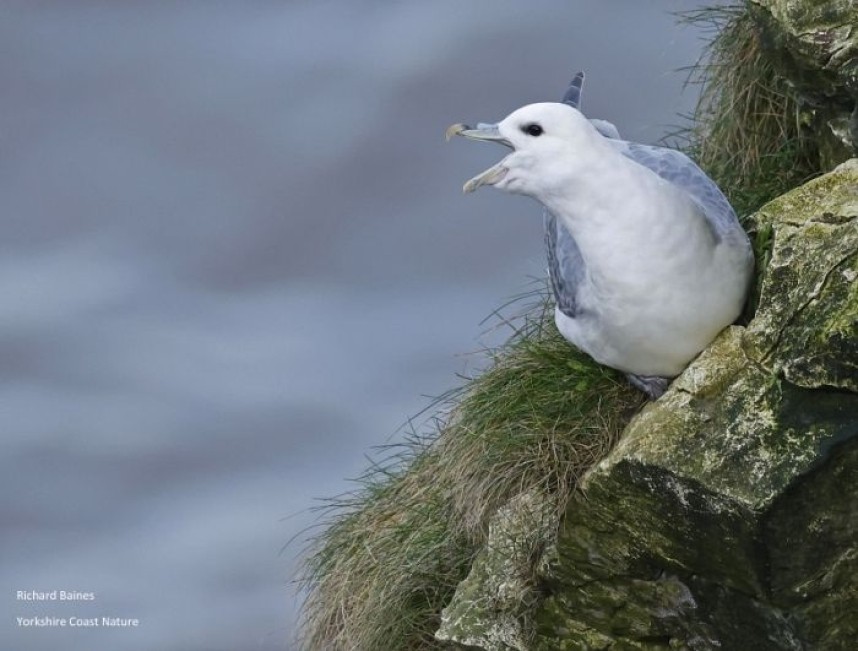
Arriving in late winter, back to your traditional breeding site gives a potential advantage over any competitors. I was lucky on this day; on another day the cliffs may have been empty with all the Fulmars out at sea on their feeding trips. After pair bonding and copulation Fulmars leave their nest sites for a seabird ‘honeymoon’. These feeding journeys are critical for egg formation in the females prior to returning to the cliffs where they lay and start incubation. Males characteristically return earlier and spend less time out at sea than the females at this early stage. Egg laying occurs in spring often in May or even as late as early June. Chicks tend to fledge in late August or early September.
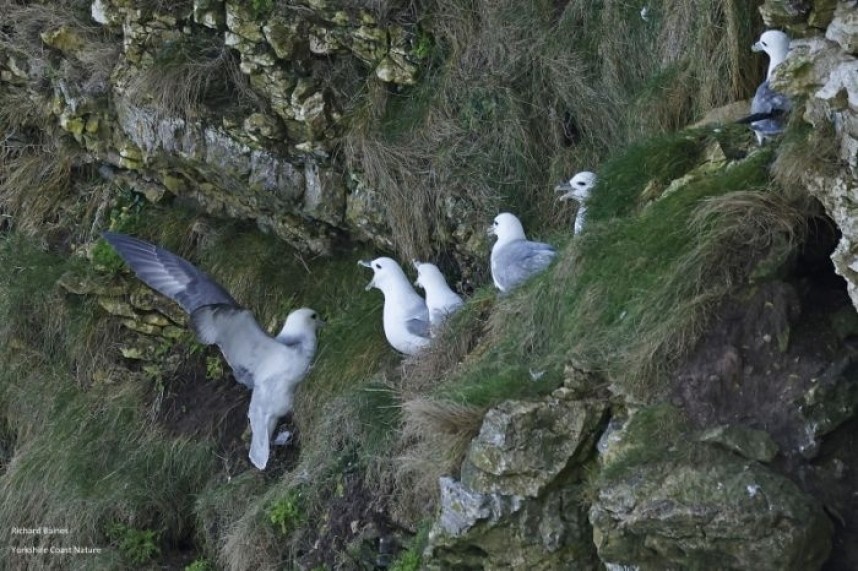
Non-breeding birds that are too young to breed or singles may loiter on the cliffs trying to find a mate. In the groups I watched I saw lone birds trying to land close to established pairs but invariably they were fought off by the birds at their nest sites. One pair was particularly entertaining to watch as an aggressive encounter fought off an intruder followed immediately by tender bill and neck rubbing between the established pair.
Spring is a great time to experience this amazing place and see hundreds of thousands of nesting seabirds. We run Spring Birding Discovery Days – Flamborough Headland CLICK HERE
Or choose one of our Tailor-Made Birding Days CLICK HERE
Richard Baines
YCN Director and Wildlife Guide



 Back to Blog
Back to Blog
